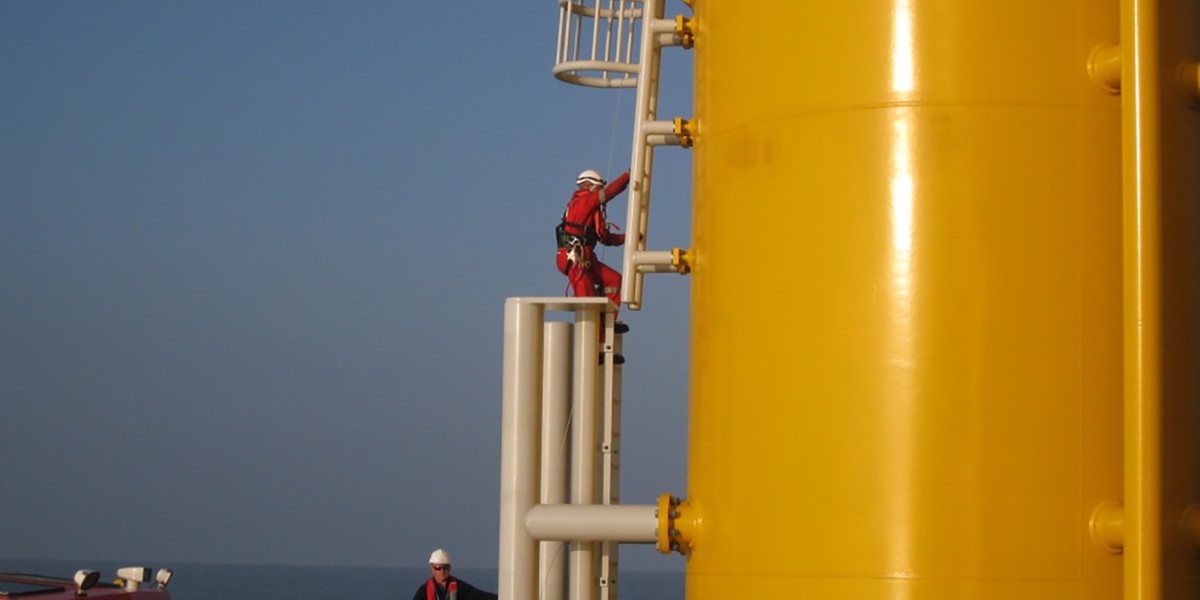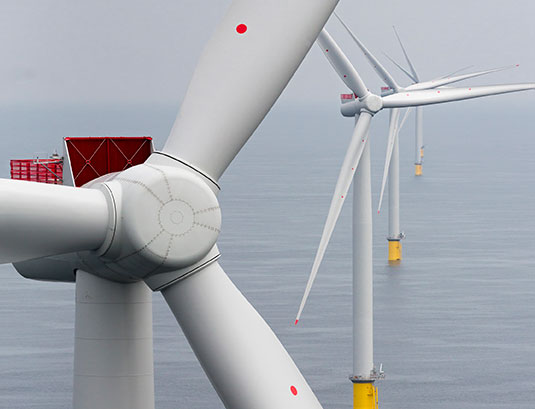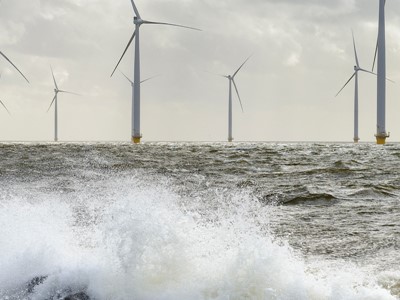Cable Laying in Offshore Wind
Laying cables in offshore environments can present all kinds of challenges. These challenges can become heightened the further from shore a wind farm is constructed. The safe operation of cable installation requires careful planning, and close monitoring to be successfully completed.
When laying cables for offshore wind farms, there are many factors that must be taken into consideration, including the safety of the personnel who are working offshore, and the environment itself. Unnecessary damage to the environment should not occur, providing cables are laid in a professional and efficient way.
Personnel completing the cable laying task should have the relevant, valid certifications needed, and have completed full health and safety training prior to the task. A typical cable laying project will require a large number of personnel working offshore, all of which will need training, certificates, and inductions before they can begin working on the project.
Any offshore project for renewable energy should prepare for large numbers of cable terminations, much more than oil or gas projects require. These multiple cable terminations require detail-orientated planning, more resources, and take much longer to install.
Engineering an offshore cable solution that lasts is crucial. Subsea installations are primarily achieved by heavily investing in the planning stage of the project in order to protect against possible future costs. Faults can occur, and cable downtime can have a serious impact on productivity rates and finances. There are a lot of physical threats to cables, including things like anchors, fishing nets, and erosion, and these are much more common than internal faults.
As an extreme example, an offshore wind farm could seem to be in full working order, but if the transfer cable is damaged, no electricity from the farm will be able to travel through to the other side. Damages to vital cables could have disastrous impacts on an offshore project. Cables, especially, are one of the most vital aspects of an offshore renewable energy project, and proper cabling management is crucial to ensuring that they remain properly functioning.
All offshore projects have risks, but there are various systems and programmes that can help you identify problems and hazards before they have a chance to become dangerous. The main parts of your operation to be aware of are when the cables are being laid, when they’re being buried to avoid mishaps, and when they’re being repaired or having maintenance carried out on them.
Risks during offshore cable laying can be greatly reduced with the implementation of a Marine Management System such as SeaPlanner.
SeaPlanner provides the tools to help plan and execute a safe and logistically efficient cable laying operation including inductions, personnel tracking and certification management, as well as operational planning tools and asset monitoring.


